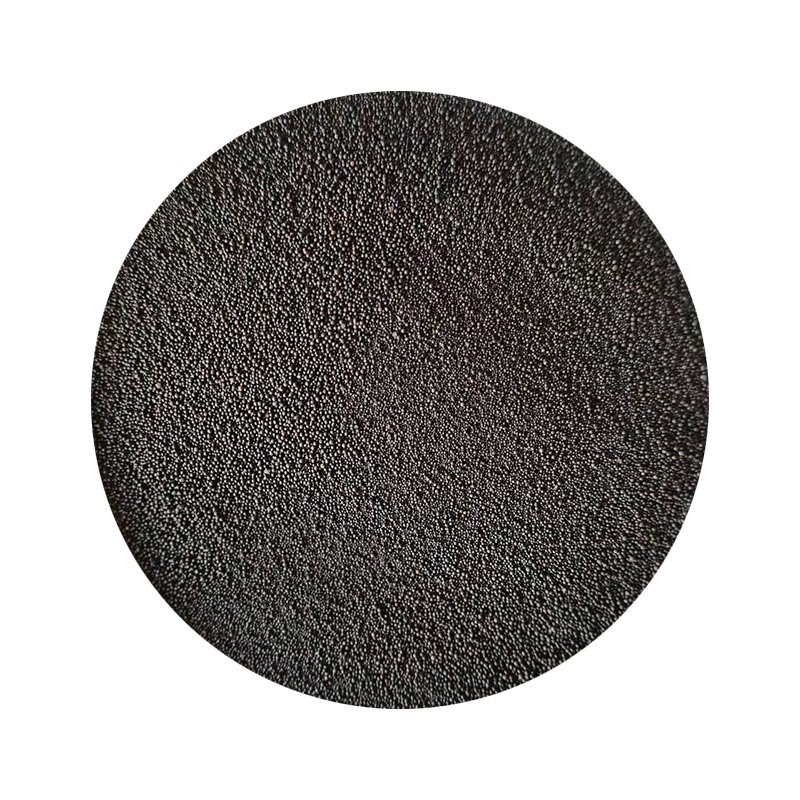How to Sand Ceramic A Step-by-Step Guide
Sanding ceramic is an essential skill for anyone involved in pottery or ceramic repair. Whether you’re trying to smooth out rough edges, reshape a piece, or prepare a surface for painting or glazing, the right sanding techniques can make a significant difference in the final result. In this guide, we will explore the step-by-step process of sanding ceramic effectively.
Step 1 Gather Your Materials
Before starting, ensure you have all the necessary materials. You will need
- Various grits of sandpaper (60, 120, 220, and 400 grit) - A sanding sponge or block - A bowl of water (for wet sanding) - A soft cloth for cleaning - Safety glasses and a mask (for protection)
Step 2 Choose the Right Grit
Select the appropriate grit of sandpaper for your task. For heavy material removal or smoothing out rough surfaces, start with a lower grit like 60 or 120. Once the rough areas are smoothed out, progress to medium (220) and then fine grit (400) for a polished finish. Always remember to sand gradually – using finer grit paper too soon can lead to scratches that are difficult to remove later.
Step 3 Dry Sanding vs. Wet Sanding
how to sand ceramic

While sanding ceramic, you can choose between dry and wet sanding. Wet sanding involves using water to lubricate the surface, which can help reduce dust and prevent clogging of the sandpaper. To wet sand, dip your sandpaper in water and sand the ceramic piece gently. Dry sanding may be suitable for minor touch-ups, but it can create dust that is not only messy but also harmful if inhaled.
Step 4 Technique Matters
When sanding, use a gentle back-and-forth motion or circular patterns to avoid creating uneven surfaces or deep scratches. Apply light pressure, especially with finer grits, and keep an eye on the surface to ensure that you don’t over-sand any one area. Keeping the sandpaper flat against the surface can help maintain an even finish.
Step 5 Clean Between Grits
After sanding with a particular grit, wipe the surface with a soft cloth to remove any dust or debris. This step is crucial as it prevents scratches from previous grits from being transferred back onto the surface. Inspect your work after each grit stage to determine if further sanding is needed.
Step 6 Final Touches
Once you’ve achieved the desired smoothness, give the piece one last clean to remove any remaining particles. At this stage, your ceramic is ready for any additional processes, such as glazing or painting.
By following these steps, you can effectively sand ceramic pieces, enhancing their appearance and preparing them for their next phase in the creative process. Happy sanding!
Post time:Eki . 09, 2024 07:29
Next:lost foam sand casting
